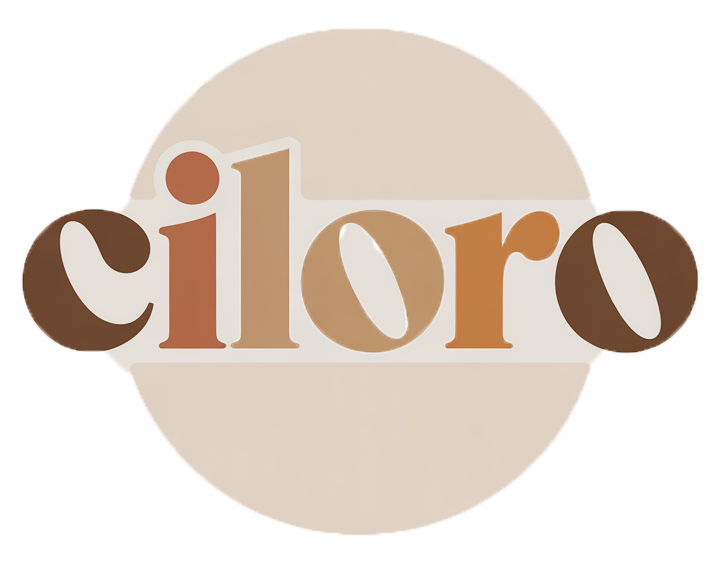Select Perfect Home Decor Art for Every Space
Discover how to choose the perfect home decor art that reflects your style and enhances your space with our expert tips and insights.
Art plays a crucial role in home decor, offering a window into personal taste and a way to express individuality. The right artwork can transform a dull space into a vibrant oasis, evoking emotions and enhancing the overall aesthetic. This article aims to guide readers in selecting the perfect art pieces that complement their spaces and resonate with their personalities.

Understanding Your Space
Assessing the Size of the Room
The size of the room significantly impacts the type of art you should choose.
- Importance of scale: Large rooms may require bigger art pieces to maintain balance, while smaller rooms benefit from more intimate sizes.
- Measuring your wall space: Use a measuring tape to determine the dimensions of wall areas where you want to hang art.
- Visualizing art placement: Use painter’s tape to outline where a piece might go, making it easier to visualize how it will fit in the space.
Evaluating the Room's Function
Different rooms have different needs when it comes to art.
- Living Rooms: Art here often serves as a focal point and conversation starter.
- Bedrooms: Calming pieces can enhance relaxation and tranquility.
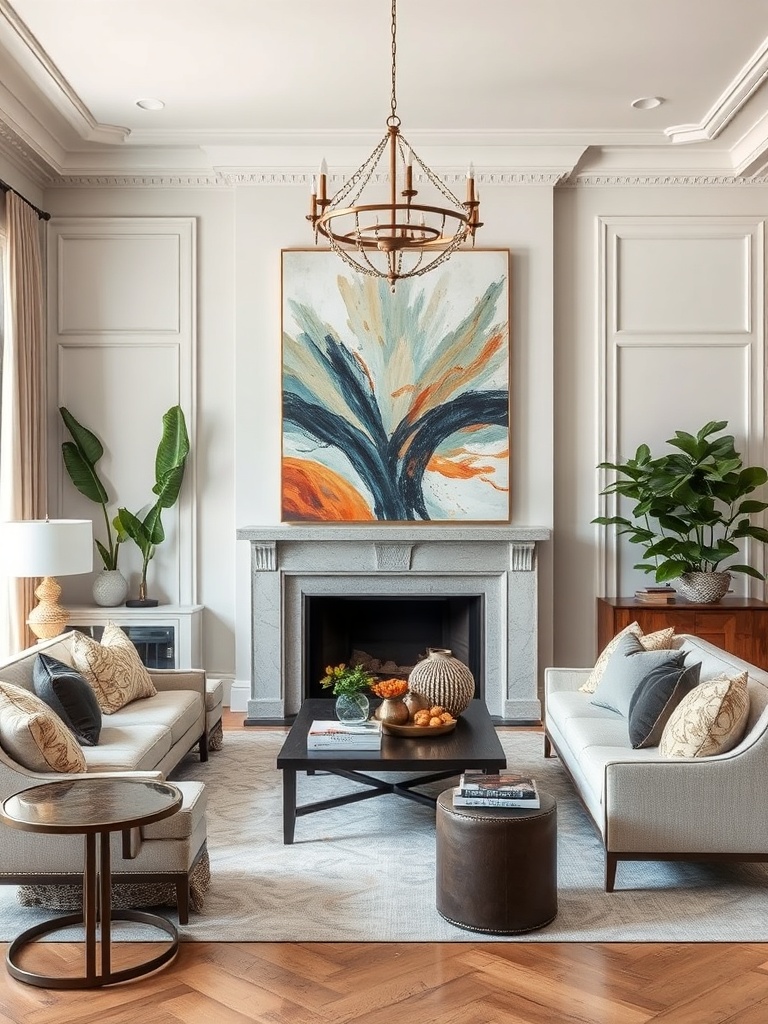
- Offices: Motivational or inspiring artwork can boost productivity and creativity.
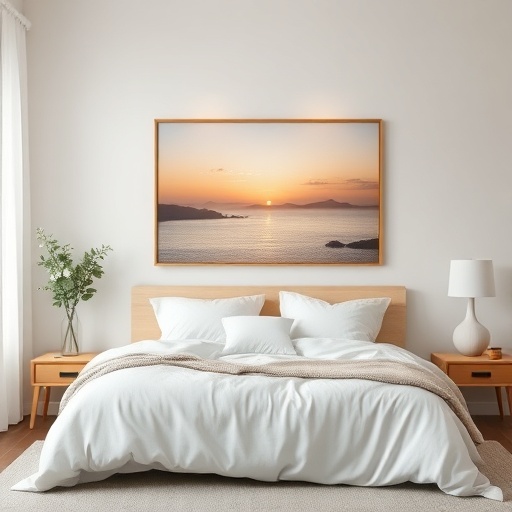
Consider how art affects mood and functionality within each space, ensuring a balance between aesthetics and purpose.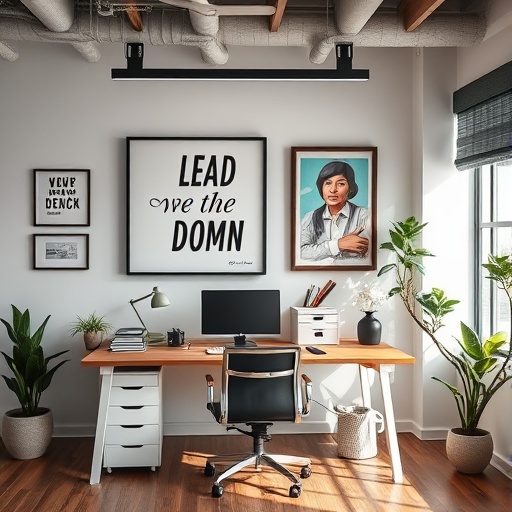
Defining Your Style
Identifying Personal Aesthetic
Understanding your personal style is essential for selecting art that resonates with you.
- Key questions: What colors do I gravitate towards? What themes resonate with me?
- Popular decor styles: Modern, traditional, eclectic, and more can influence art choices.
- Creating an inspiration board: Collect images that inspire you, helping clarify your aesthetic vision.
Harmonizing with Existing Decor
Art should complement your existing decor.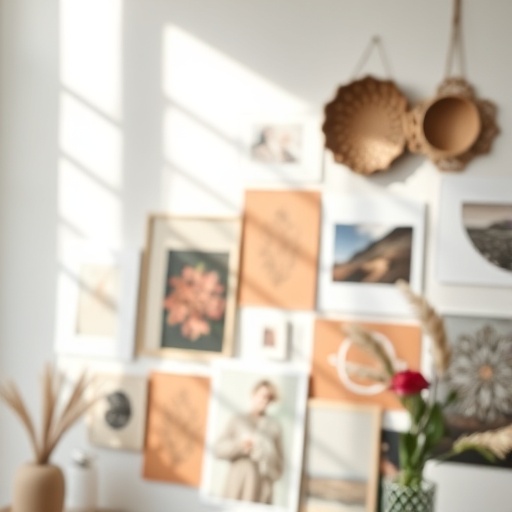
- Matching art with furniture: Consider the style and color of your furniture when selecting art.
- Mixing styles: Don’t shy away from combining different styles, but aim for harmony.
- Texture and material: The materials used in art can enhance or clash with the textures in your decor.
Choosing the Right Medium
Understanding Different Art Forms
Familiarize yourself with various art forms to make informed decisions.
- Paintings: Classic pieces that add color and emotion.
- Prints: Affordable reproductions that can be easily swapped out.
- Sculptures: Three-dimensional art that adds depth to a space.
- Photography: Captures moments and can be both personal and artistic.
Each medium has its pros and cons. Consider the space and your personal preferences when making a selection.
Exploring Mixed Media and Innovative Art
Mixed media art combines various materials and techniques, offering unique opportunities for expression.
- The rise of mixed media: This art form allows for creativity beyond traditional boundaries.
- Unique pieces: Look for artworks that tell a story or evoke emotion.
- Finding innovative artworks: Explore galleries, art fairs, and online platforms for cutting-edge creations.
Selecting Colors and Themes
The Psychology of Color in Art
Colors can dramatically affect mood and perception.
- Choosing colors: Select colors that complement your existing palette.
- Cohesive color palette: Art can tie together different elements within a space.
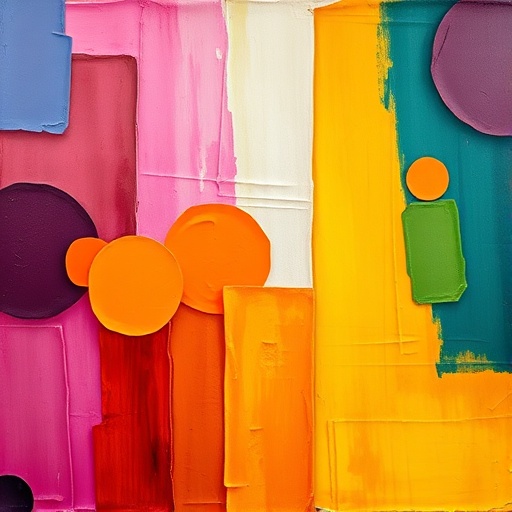
Thematic Considerations
Themes can create a narrative in your decor.
- Popular themes: Nature, abstract, urban landscapes, etc., can set the tone for your space.
- Enhancing storytelling: Choose themes that reflect your experiences and interests.
- Personalizing themes: Customize themes to make them uniquely yours.
Sizing and Placement Strategies
Understanding Art Dimensions
Choosing the right size for your artwork is essential.
- Artwork size: Larger pieces can create a statement, while smaller works can fill in gaps.
- Visual balance: Ensure that the scale of the art corresponds with the space and furniture.
- Grouping pieces: Consider creating clusters of smaller works for an impactful display.
Optimal Placement Techniques
Placement can enhance the visibility and impact of your art.
- Height considerations: Hang art at eye level for the best viewing experience.
- Using furniture as a guide: Consider the surrounding furniture when deciding on placement.
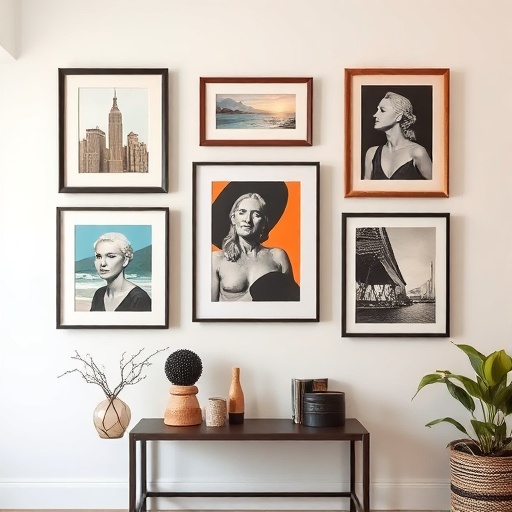
- Creating gallery walls: Use a mix of art styles and sizes for an eclectic look.
Budgeting for Art
Setting a Realistic Budget
Art can be found at various price points, making it accessible for every budget.
- Art budget ranges: Determine how much you’re willing to spend before shopping.
- Investment pieces vs. affordable art: Balance your budget by prioritizing key pieces.
- Budgeting as part of decor: Consider art a vital part of your home’s aesthetic.
Where to Find Affordable Art
There are many avenues for finding art that fits your budget.
- Local artists and galleries: Discover unique pieces that support your community.
- Online marketplaces: Explore sites that offer affordable art options.
- DIY art: Create your own pieces for a personalized touch.
Supporting Local Artists and Communities
The Benefits of Buying Local Art
Purchasing local art connects you to your community.
- Support local economy: Your purchase helps sustain local artists and businesses.
- Unique stories: Local art often carries personal narratives and cultural significance.
- Community involvement: Engaging with local artists fosters connections and collaboration.
How to Find Local Art
Discovering local art can be an exciting adventure.
- Exploring galleries: Visit local galleries and studios to meet artists and view their work.
- Engaging with art communities: Attend local art events and fairs to connect with artists.
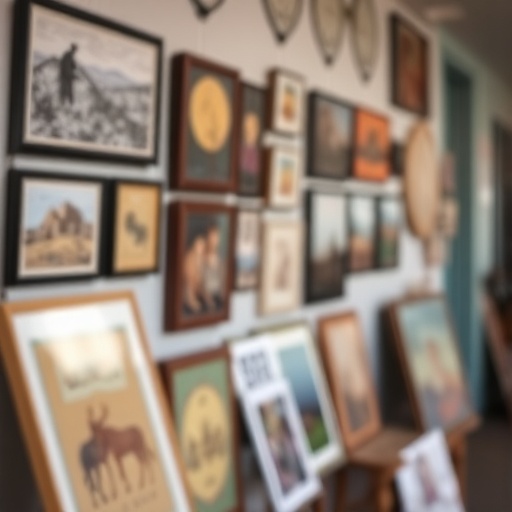
- Online platforms: Utilize social media and websites dedicated to showcasing local talent.
Caring for and Maintaining Your Art
Proper Display Techniques
Ensure your art is displayed correctly to prevent damage.
- Lighting: Use appropriate lighting to enhance the artwork without causing fading.
- Framing: Proper framing protects art from dust and wear.
- Medium considerations: Different types of art require specific care to maintain their condition.
Long-term Maintenance Strategies
Taking care of your art ensures it lasts for years to come.
- Cleaning: Learn the best practices for cleaning different types of art.
- Safe storage: When not on display, store art in safe conditions to prevent damage.
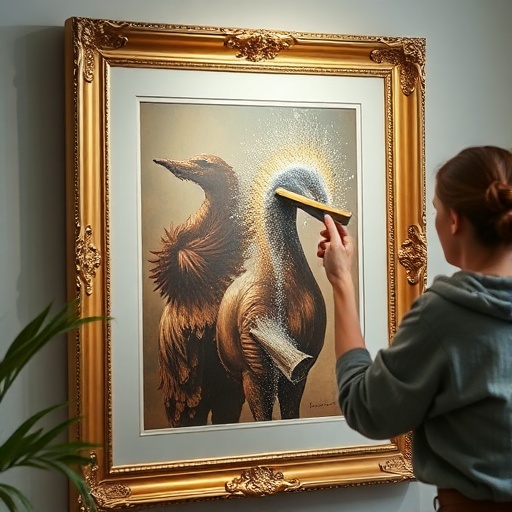
- Refreshing art: Consider rotating pieces or replacing them when they no longer resonate.
Key Takeaways
- Art enhances the aesthetic of a space and reflects personal style.
- Consider the size, function, and style of your room when selecting art.
- Understand different art mediums and their impact on decor.
- Choose colors and themes that complement your space and tell your story.
- Budget wisely and explore local artists to find unique pieces.
- Caring for your art ensures its longevity and continued enjoyment.
Conclusion
In summary, selecting the perfect home decor art requires careful consideration of your space, style, and budget. The process can be enjoyable and fulfilling, allowing you to express your individuality while enhancing your living environment. Remember that art is not just decoration; it is an extension of who you are and how you feel within your space.
Frequently Asked Questions
1. How do I know what size art to choose for my room?
Measure your wall space and consider the scale of your furniture. Larger rooms may benefit from bigger art pieces, while smaller areas might be better suited to smaller works.
2. What are some affordable ways to acquire art?
Explore local galleries, online marketplaces, and consider DIY projects to create your own art. Art fairs and community events can also be great places to find budget-friendly options.
3. How can I support local artists?
Purchase art from local galleries, attend community art events, and engage with local artist collectives. Online platforms also feature local artists and their work.
4. What is the best way to care for my art?
Use appropriate lighting, frame your art correctly, and clean it according to its medium. Store art in safe conditions when not on display and rotate pieces periodically to maintain their freshness.
